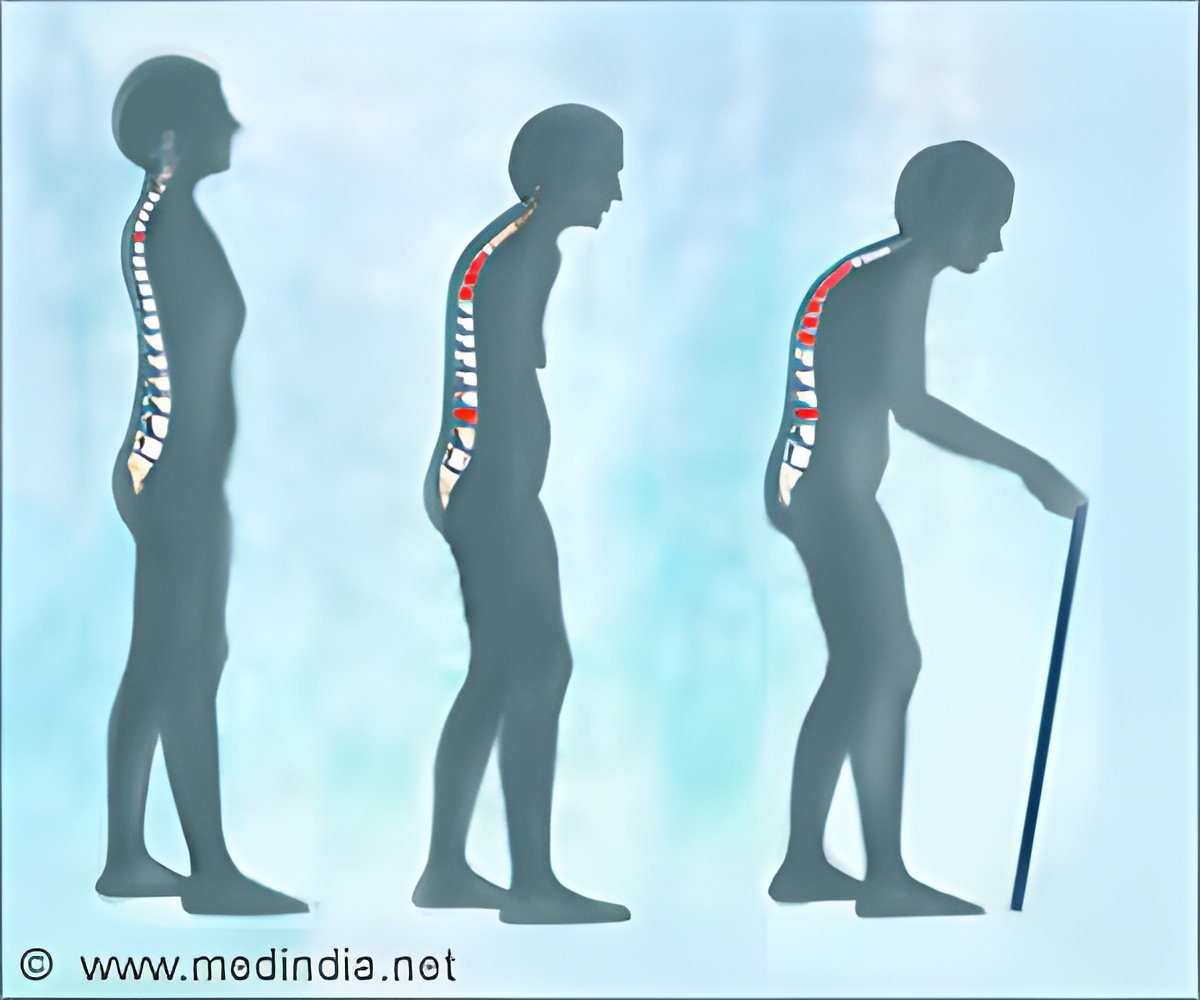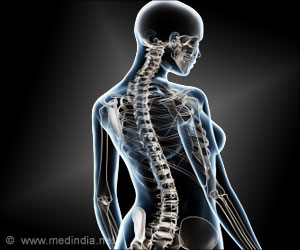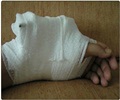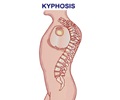The need for treatment of osteoporosis for people who are younger than 65 or have been treated for a single broken bone has been underestimated by World Health Organization's tool

The FRAX tool is designed to help physicians identify osteoporosis cases that cannot be readily diagnosed through bone mineral density testing. More than half of fragility fractures occur in people who do not meet the bone mineral density standards to be diagnosed with osteoporosis.
"Although FRAX is a helpful tool and provides important information, it should not be used as the unique and definitive gold standard for determining whether or not to treat a patient for osteoporosis or weakening bones," said one of the study''s authors, Gilles Boire, MD, MSc, of the University of Sherbrooke in Quebec, Canada. "The test fails to identify some patients who would benefit from treatment to prevent future fractures."
The prospective cohort study used the Canadian BMI-FRAX form of the tool to gauge fracture risk among 1,399 patients who were identified with a fragility fracture between June 2007 and May 2012. The Canadian version of the tool incorporates national data on fracture rates.
Prior to sustaining the fragility fracture, only 42.7 percent of these patients were considered high risk, according to the Canadian BMI-FRAX tool. Even after sustaining an initial fracture, 24 percent of the patients remained categorized as low risk and nearly 20 percent were considered moderate risk. During a four-year follow-up period, more than a third of the patients who had recurrent fractures were not categorized as high risk under the Canadian BMI-FRAX calculation.
In more than half of the patients treated for an initial fragility fracture, the FRAX score did not reach the Canadian threshold for preventative treatment. The risk calculator was most likely to underestimate the likelihood of future broken bones in younger patients, men and people presenting their first fragility fracture.
Other authors of the study include: Sophie Roux, François Cabana, Nathalie Carrier, Pierre-Marc April and Marie-Claude Beaulieu of the University of Sherbrooke, and Michèle Beaulieu of Merck Canada, Inc.
Source-Newswise
 MEDINDIA
MEDINDIA



 Email
Email










